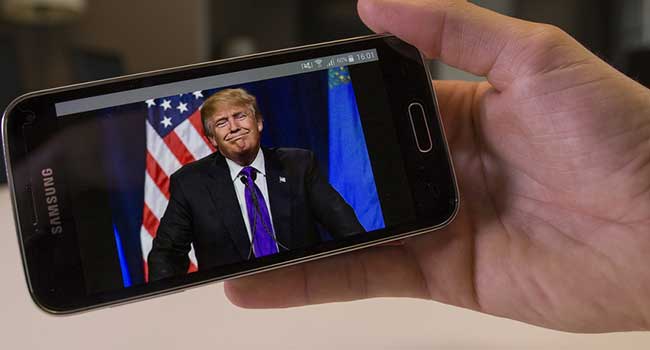
FEMA Testing "Presidential Alert" System
FEMA is testing an Emergency Alert System that would allow the President access to 99 percent of U.S. cell phones.
- By Sydny Shepard
- Sep 18, 2018
The Federal Emergency Management Agency is testing a new Emergency Management System that would allow the president access to 99 percent of U.S. cellphones in the event of an emergency.
This Thursday, FEMA will do its first test of a system that will allow the president to send a message to most U.S. cellphone users. More than 100 mobile carriers, including all the major wireless firms, are participating in the roll out, FEMA stated in a message on its website.
"The EAS [Emergency Alert System] is a national public warning system that provides the President with the communications capability to address the nation during a national emergency," FEMA said.
The test message will have a header that reads, "Presidential Alert," according to the agency. Users whose phones are on will hear a tone and vibration and then see an English-only (for now) message, "THIS IS A TEST of the National Wireless Emergency System. No action is needed."
The wireless emergency alerts (WEA) system was authorized by Congress in 2015 under a law that states the "system shall not be used to transmit a message that does not relate to natural disaster, act of terrorism, or other man-made disaster or threat to public safety."
The test is set to take place at 2:18 p.m. EDT on Sept. 20, Under the Warning, Alert, and Response Network (WARN) Act of 2006, cellphone users cannot opt out of presidential alerts.
About the Author
Sydny Shepard is the Executive Editor of Campus Security & Life Safety.